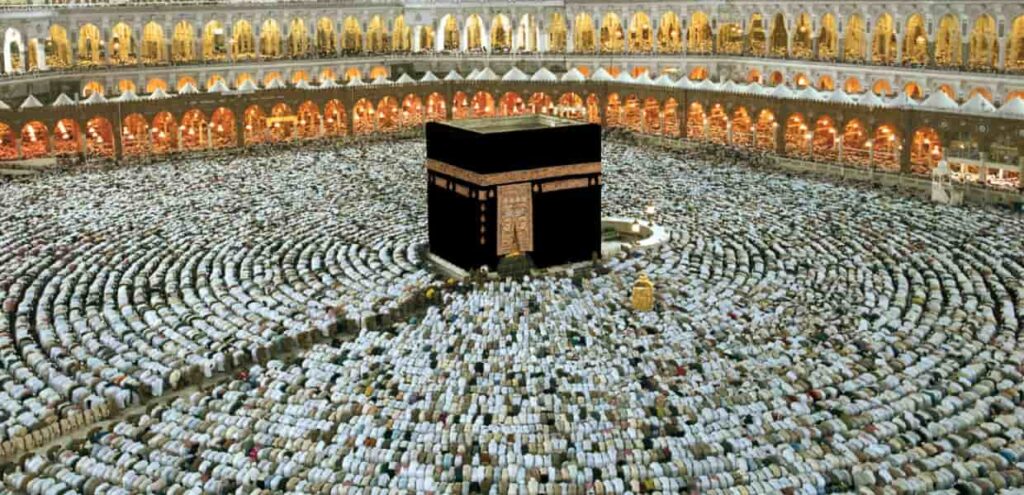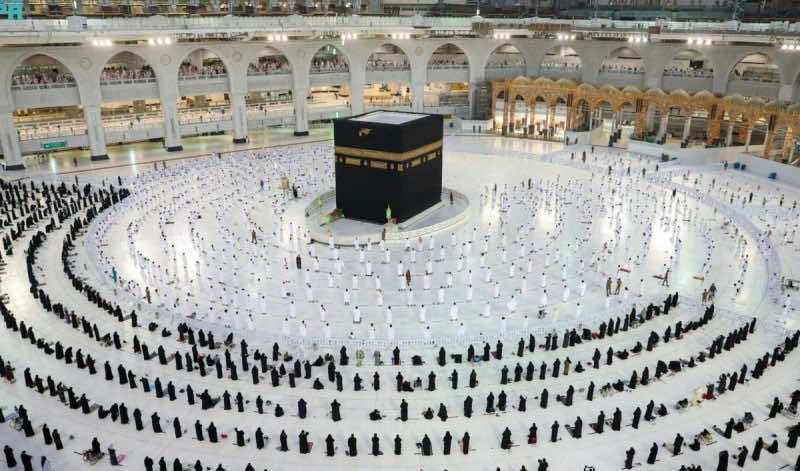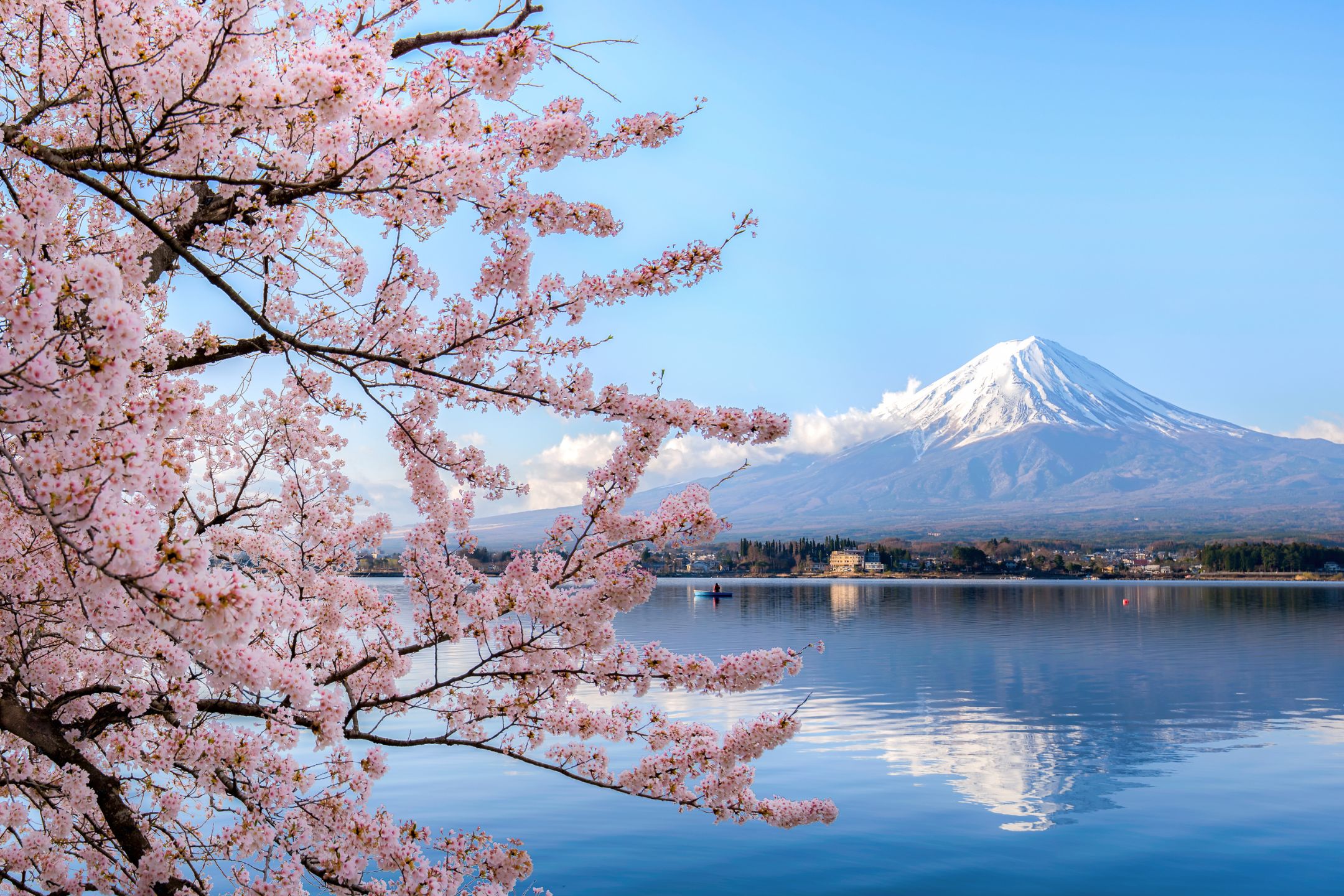Umrah is a voluntary Islamic pilgrimage to the holy city of Makkah, which can be performed at any time of the year, unlike the Hajj, which is the fifth pillar of Islam and is obligatory for Muslims; also, it takes place on specific dates in the Islamic calendar. Nevertheless, Umrah is an act of deep devotion and an opportunity to purify the soul and strengthen one’s faith. For more information about these rituals, you can read here.
Although it is not obligatory, Umrah holds great spiritual significance and is especially recommended during the sacred month of Ramadan, when spiritual rewards are multiplied.

Essential Steps of Umrah
Umrah consists of a series of sacred rituals that follow a clear structure:
1. State of Ihram (Consecration)
Before entering Makkah, pilgrims must adopt Ihram, a state of purity that involves:
- Special attire: Men wear two seamless white cloths, while women wear modest clothing that covers their entire body except for their face and hands.
- Intention and recitation of the Talbiyah: Pilgrims declare their intention to perform Umrah and recite the phrase “Labbayka Allahumma Umrah”, meaning “Here I am, O Allah, to perform Umrah.”
2. Tawaf (Circumambulation of the Kaaba)
Once inside Masjid al-Haram, the pilgrim performs Tawaf, which consists of seven circuits around the Kaaba, the most sacred site in Islam. During Tawaf, worshippers recite prayers and try to touch the Black Stone (Hajar al-Aswad) if possible. When the Kaaba is found to the left, worshippers circumambulate (counterclockwise), so they both begin and end at the Black Stone. After the completion of seven rounds, every worshipper must pray two Rakaah in an appropriate place.
3. Sa’i (Walking between Safa and Marwa)
After Tawaf, pilgrims walk seven times between the hills of Safa and Marwa, commemorating the sacrifice of Hagar (Hājar), the wife of Prophet Ibrahim, who desperately searched for water for her son Ismail until the Zamzam well miraculously sprang forth.
Once reaching Marwa, pilgrims have completed one round. Crossing the distance back to Safa fulfills the second round, and so on until the seventh round ends at Marwa.
4. Tahallul (release from the state of Ihram)
The final step is Tahallul, which symbolizes humility and the completion of the pilgrimage:
- Men either shave their heads completely or trim their hair.
- Women cut a small portion of their hair.
With this act, the pilgrim exits the state of Ihram and completes Umrah.
Sacred Sites in Makkah Every Pilgrim Should Visit
Besides the Kaaba and the sites of Tawaf and Sa’i, there are other spiritually significant places in Makkah:
- Masjid al-Haram: The most sacred mosque in Islam, home to the Kaaba and the Zamzam well.
- Jabal al-Nour: The mountain where Prophet Muhammad (pbuh) received the first revelation of the Qur’an in the Cave of Hira.
- Jannat al-Mu’alla: An ancient cemetery where several relatives of Prophet Muhammad (pbuh) are buried.
- Mount Arafat: Although more relevant for Hajj, it remains an important place for reflection and supplication. This is where Prophet Muhammad (pbuh) delivered his Farewell Sermon
Umrah During Ramadan: A Special Time
Performing Umrah during Ramadan is highly recommended, as Prophet Muhammad (pbuh) stated that it carries the same reward as Hajj (although it does not replace it). During this month, Makkah welcomes millions of believers, creating an unparalleled spiritual atmosphere.The combination of fasting, nightly prayers (Tarawih), and Umrah makes Ramadan a unique period for reflection and spiritual growth.







